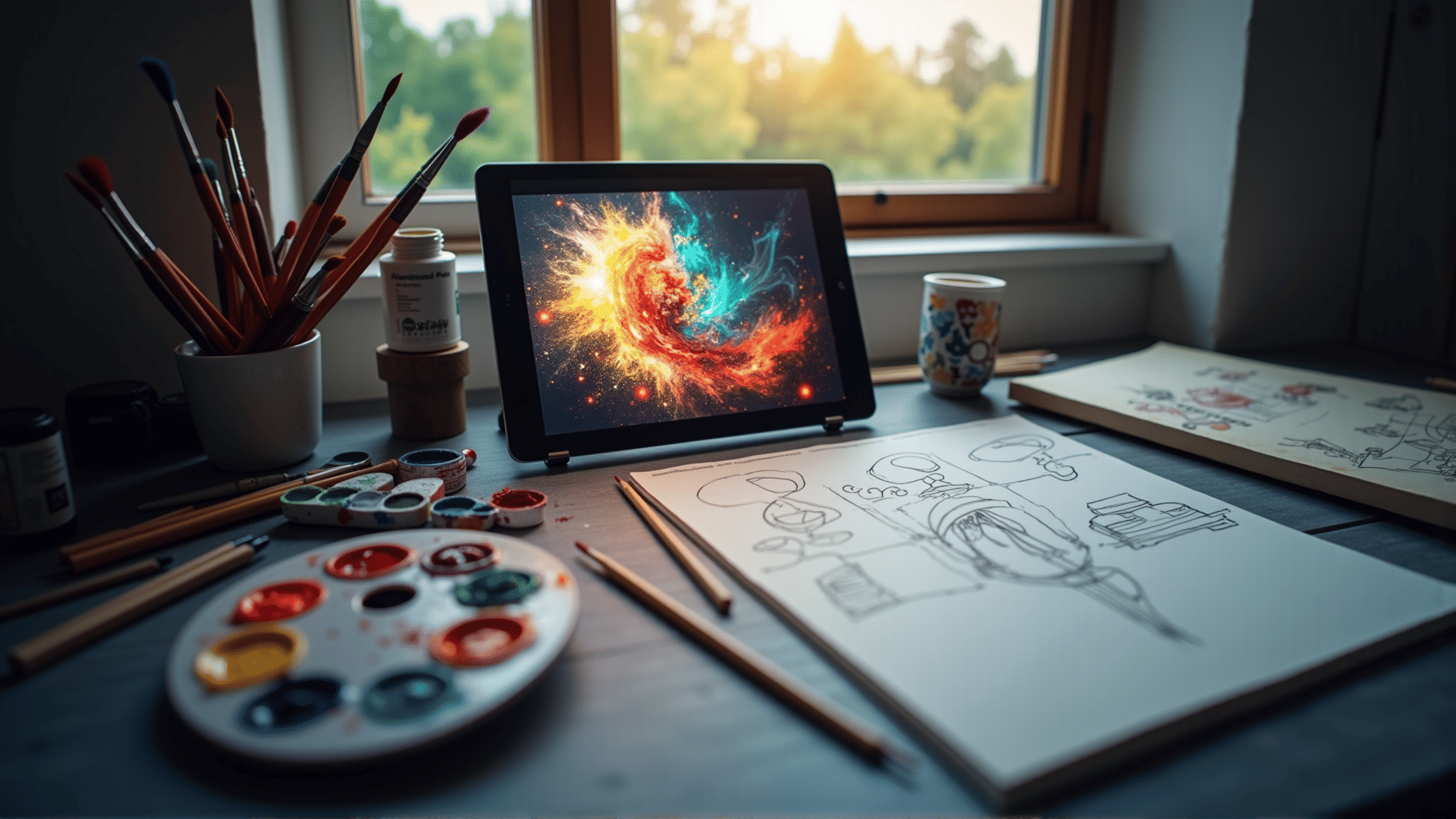In the ever-evolving landscape of art, the intersection of digital technologies and traditional media is a fertile ground for innovation and expression. Artists are blending the new and old, creating works that not only challenge conventional boundaries but also redefine what art can be. This synergy between past and present artistic tools is not only shaping the future of art but also broadening the scope of artistic creation.
The emergence of digital art has provided artists with the ability to manipulate visual elements in ways that were once inconceivable. Tools such as Adobe Photoshop, Illustrator, and more advanced programs like Procreate and Blender offer endless possibilities, giving artists the power to layer, edit, and transform their creations with precision and ease. Digital art allows for rapid experimentation and evolution of ideas, bringing to life visions that might have been difficult to achieve with traditional means alone.
However, while digital art often stands as a distinct form of expression, many artists are opting to merge digital technologies with traditional media, creating works that are rich in both depth and texture. This hybrid art form can involve anything from digitally editing a hand-painted canvas to incorporating traditional techniques like printmaking or photography into digital creations. The result is a dynamic fusion that respects the craftsmanship of traditional methods while embracing the limitless potential of digital innovation.
One of the profound impacts of this intersection is the democratization of artistic creation. Digital tools have lowered the barriers to entry for artists everywhere, offering access to a vast array of resources at relatively low cost. This has led to an explosion of creativity, as artists from diverse backgrounds and with varied skills collaborate across the globe. The synthesis of traditional and digital methods nurtures this collaborative spirit, allowing artists to blend diverse elements into cohesive works.
Moreover, this convergence embraces the tangible and the ephemeral, the tactile and the pixelated. Some artists explore this by creating augmented reality (AR) installations that overlay digital imagery on physical canvases, inviting viewers to interact with their art in multidimensional ways. Others leverage 3D printing technology to manifest digital designs as tangible objects, bridging the physical and virtual realms.
Institutions and galleries are beginning to recognize and accommodate these hybrid practices. Exhibitions are increasingly featuring interactive and multimedia installations that capture the imagination of audiences and engage them in novel ways. These innovative artistic endeavors are reshaping perceptions of art appreciation, introducing a dialogue between tradition and modernity that resonates with viewers of all ages.
In academia, the integration of digital technologies and traditional art forms is being explored with great enthusiasm. Art schools and programs are incorporating digital design and media courses alongside classical training in drawing, painting, and sculpture. This immersive approach nurtures a new generation of artists equipped with a broad skill set capable of navigating and creating in a multifaceted artistic ecosystem.
The intersection of digital art and traditional media represents a vibrant dialogue that is central to the evolution of contemporary art. It is a testament to art's enduring capacity for transformation, adaptability, and cross-cultural exchange. As artists continue to explore this fusion, they will undoubtedly push the boundaries of creativity, rewriting the rules and expanding the horizon of what art can achieve. In doing so, they not only honor the rich traditions of the past but also forge paths towards uncharted territories, where the possibilities are as boundless as imagination itself.
